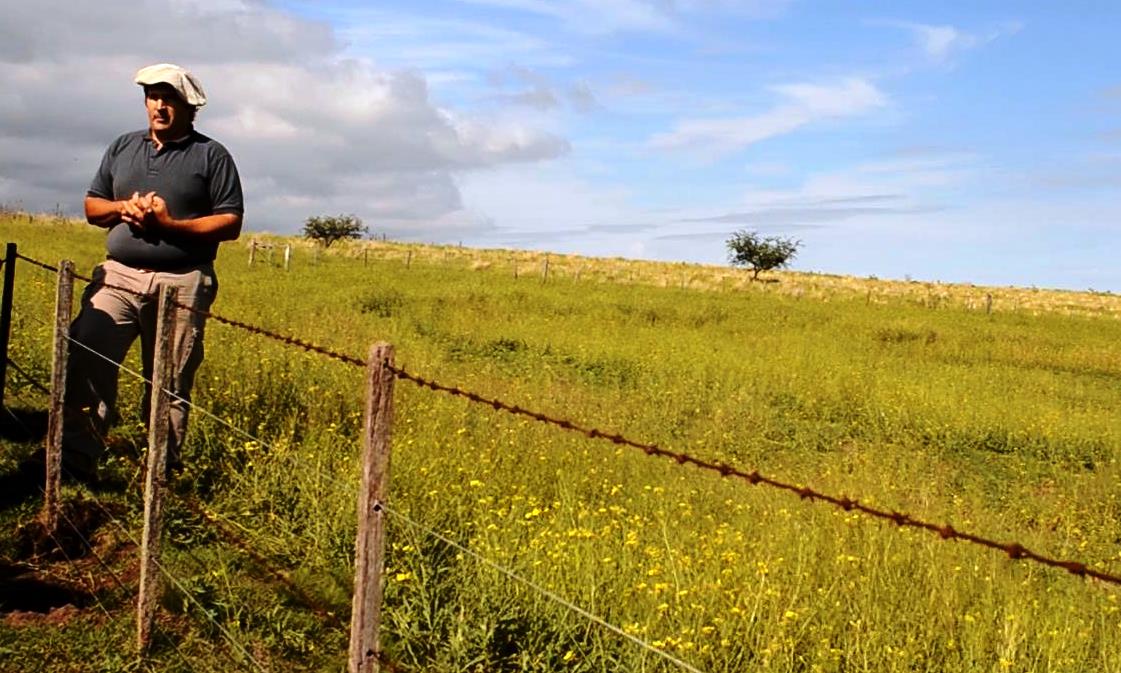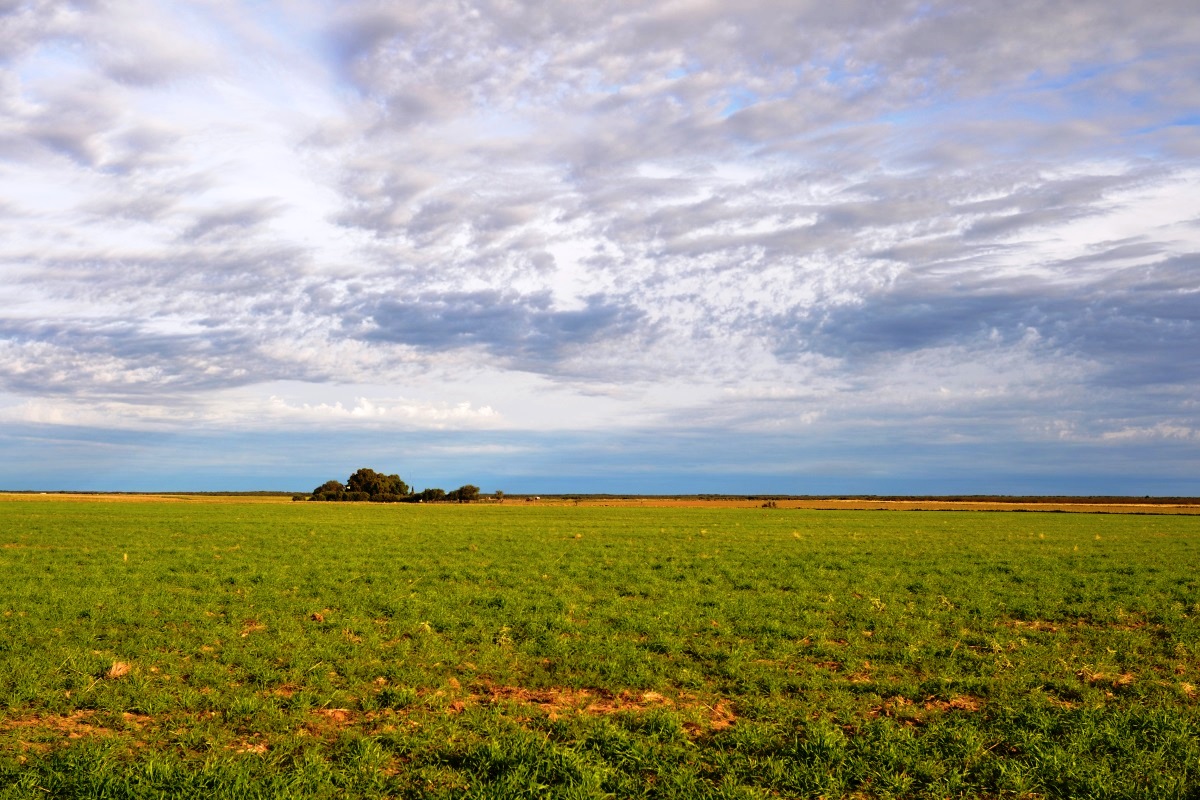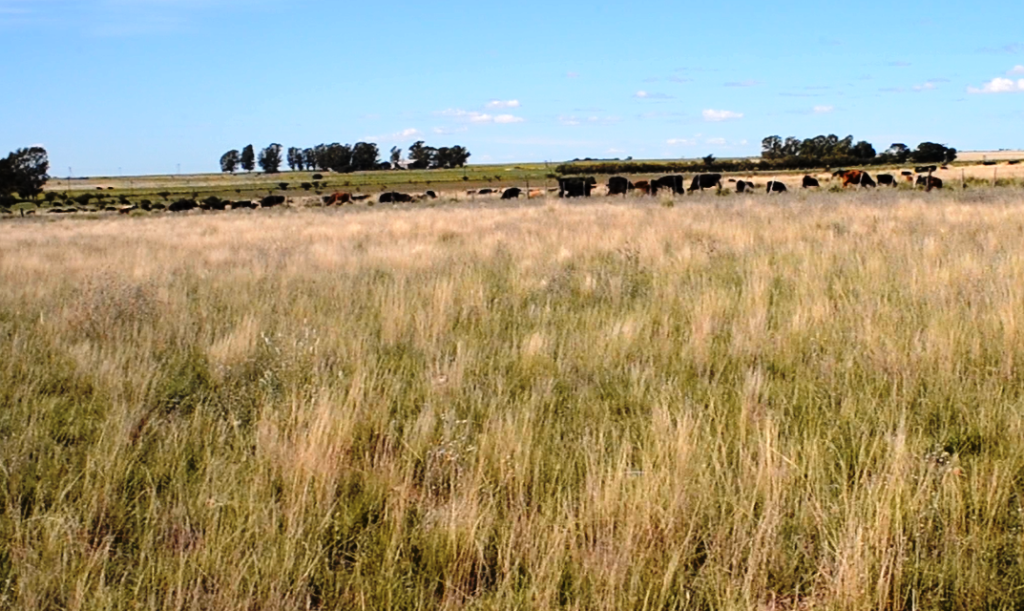Implementing Partners
World Bank: Adapting to Climate Variability in a Transition Zone between the Pampa and Patagonia, Argentina
Argentina is a global leader in food production, yet 75% of its territory is at risk from land degradation due to soil depletion and desertification.
Farmers in dry and semi-arid areas affected by climatic variability represent 30% of Argentina’s population and account for approximately 50% of its agricultural and livestock production. To ensure food security and protect their livelihoods, these farmers require knowledge and resources to understand climatic risks they face and adapt to them through sustainable land management strategies.
In an agricultural-livestock region about the size of Belgium, located between the country’s Pampa and Northern Patagonia regions, recurrent droughts combined with unsustainable agricultural practices have caused a serious loss of natural, financial and social capital. The loss manifests through increasing vulnerability of the productive environment, declining economic opportunities for the rural population, and migration to urban areas.
Thanks to a US$ 4 million grant from the Adaptation Fund, a World Bank project implemented by the Argentina Ministry of Environment and Sustainable Development helps to address these challenges through a three-pronged approach that builds awareness among farmers and local institutions about climate risks, introduces resilient and sustainable agricultural practices, and strengthens the enabling environment for adapting to climate change.
The project uses participatory planning processes to ensure stakeholder ownership of the activities. Farmers’ active involvement from the beginning in capacity-building efforts has proven to be a fundamental strength of the project strategy.
Enhancing Sustainable Land Management and Restoring Productive Ecosystems
Today, groups of farmers carry out adaptation measures that they proposed for 11 sites. These include techniques to improve soil composition and promote natural recovery of rangeland by planting perennial grasses, as well as measures to restore productive ecosystems through forestation and piloting of alternative agro-ecological practices. Farmers are changing the way they use and manage their land by applying environmental criteria to determine the optimum uses and practices in differing areas, investing in efficient irrigation technology, and applying technologies to restore saline soils.
A key project achievement has been the development of a unique Early Warning and Information System for droughts that facilitates decision-making for farmers. By establishing a network of scientific, technological organizations and local Governments, short- and medium-term periodic agro-climatic forecasts are generated and disseminated by radio, local newspapers and social networks to present the projected rainfall, risk of erosion and pasture fires, as well as corresponding recommendations on preventive measures.
The experience gained through the project provides a wealth of useful lessons for similar projects and we look forward to sharing them!





